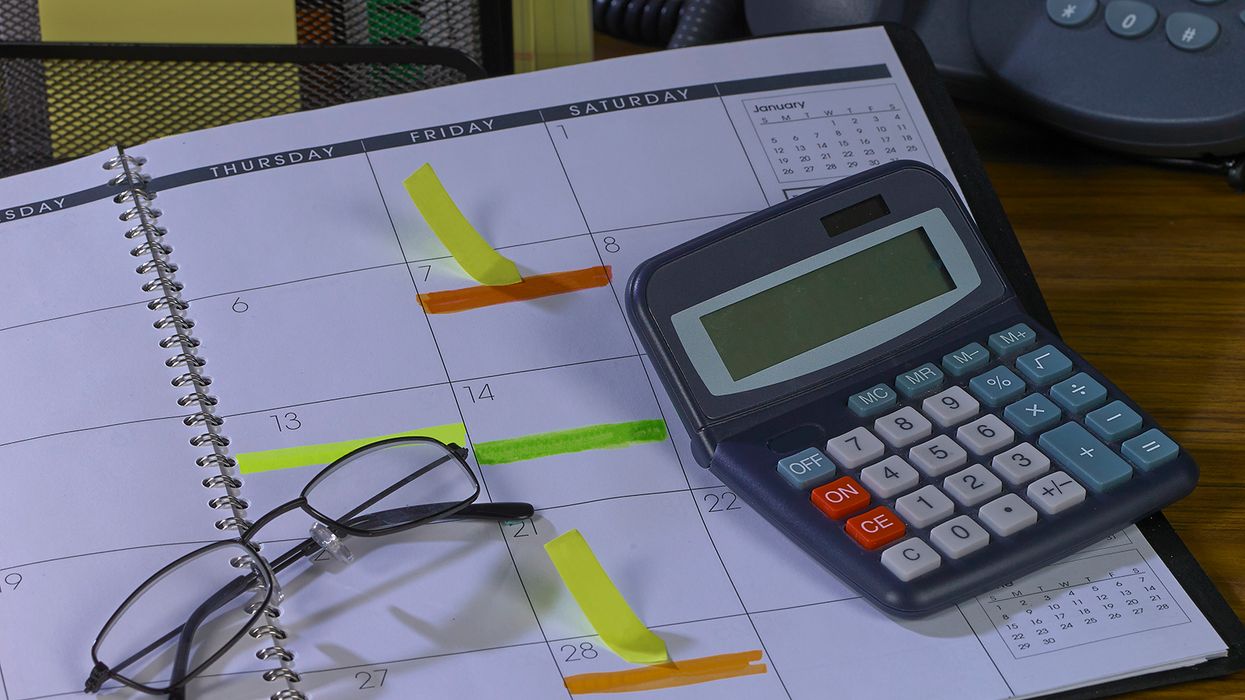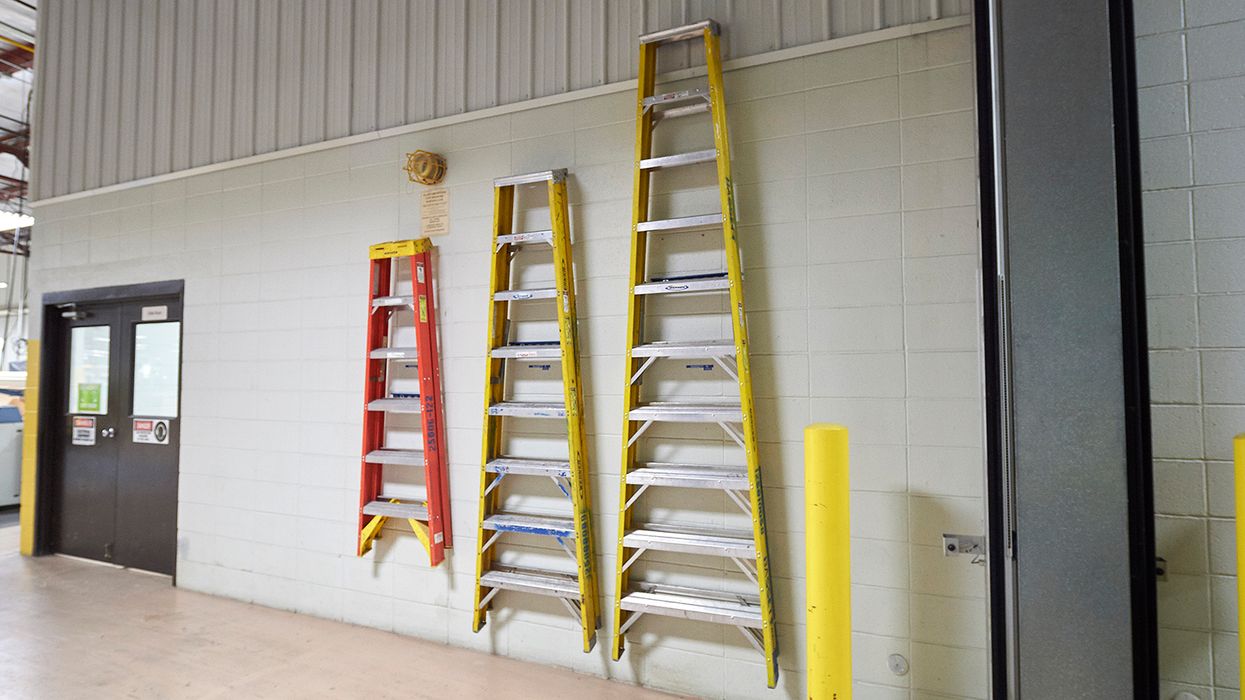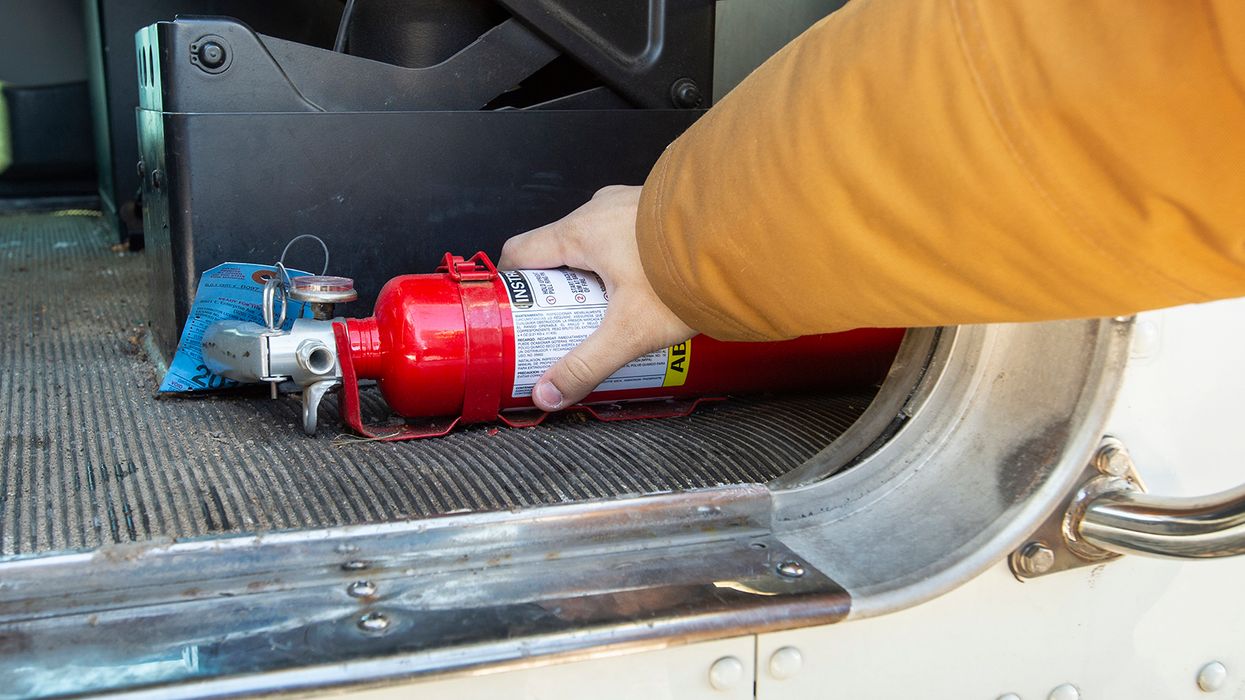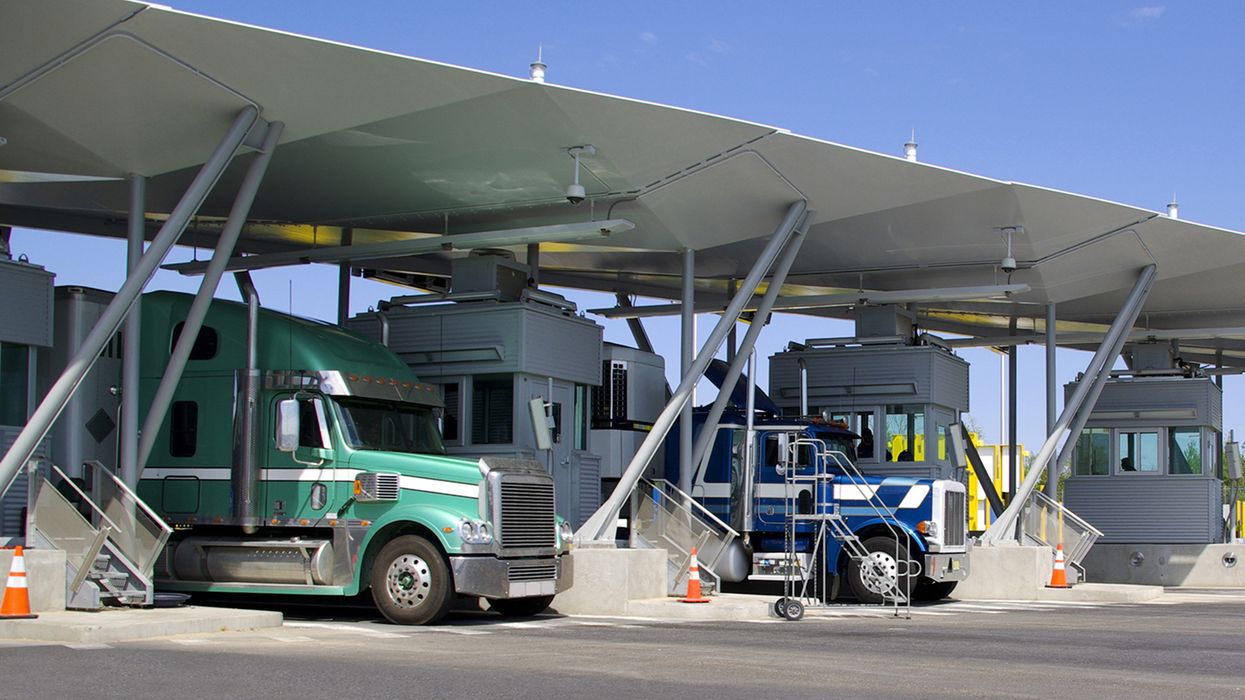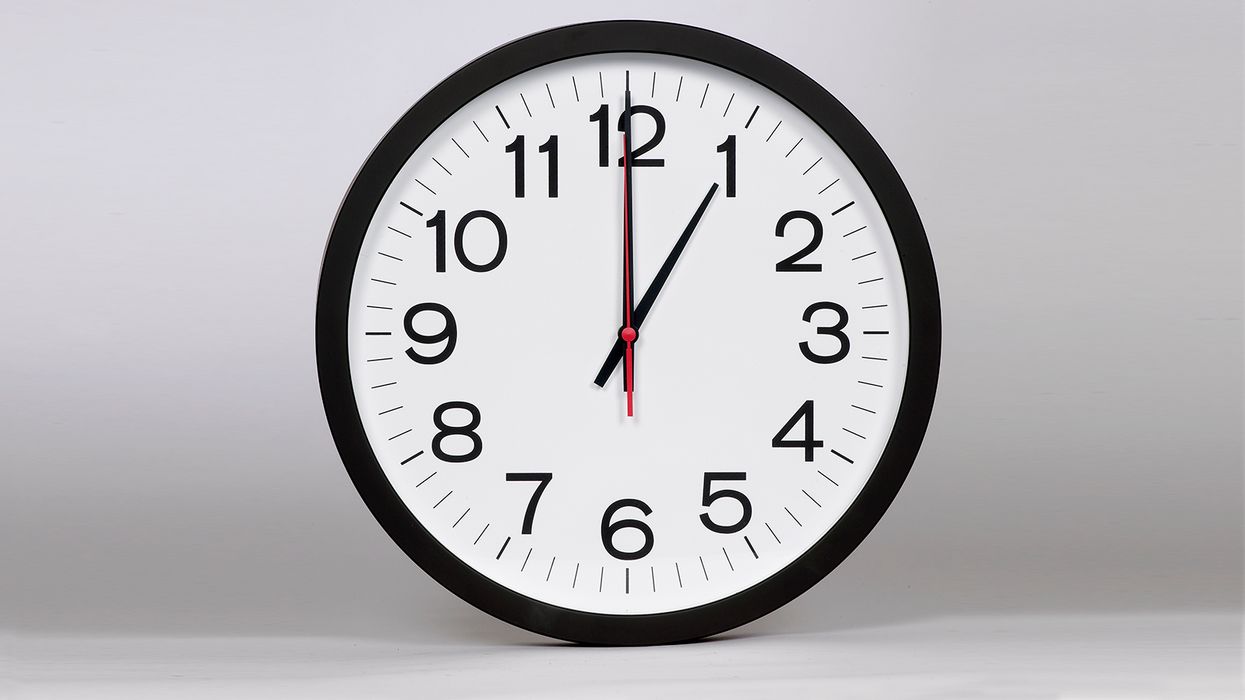Pointers on the FMLA ‘rolling backward’ leave year
Under the federal Family and Medical Leave Act (FMLA), employees get 12 weeks of job-protected leave in a 12-month leave year period. Employers generally get to choose from four options for the 12-month period. One of those methods is referred to as the “rolling backward” leave year.
With this method, the 12 months continually change — the year is not static. Employers get daily snapshots of an employee’s FMLA leave — how much leave the employee has used and has available. This snapshot changes daily, as the year “rolls.” If, for example, Joe Employee takes FMLA leave on December 28, 2024, the employer would look back 12 months to December 28, 2023, and see how much leave Joe took during those 12 months. The employer would then subtract that amount from Joe’s 12 weeks of FMLA leave.
If Joe took leave again the next day on December 29, 2024, the employer would look back to December 29, 2023. The employer would repeat this process every time Joe takes leave.
Resetting the 12 weeks of leave
When using the rolling backward method, employees don’t get an entire new batch of 12 weeks of FMLA leave all at once. They recover FMLA leave as the old leave rolls off the calendar.
If, for example, Joe took four weeks of leave beginning March 1, 2024, three weeks beginning June 1, 2024, and five weeks beginning January 1, 2025, he would not have any more leave available until March 1, 2025. However, beginning on March 1, 2025, Joe would again have more FMLA leave, earning back more leave as it rolls back on the calendar and reflecting when it was taken in the prior 12 months.
When to reestablish employee eligibility
When using the rolling backward method, employees’ eligibility for absence due to a particular reason would continue for 12 months from the date of the first FMLA absence for the reason. Employers would recalculate the employees’ eligibility at the time of the first absence for the reason after the end of that 12-month period.
Benefits of rolling backward
The rolling backward method is the most employer-friendly option of the four available. It avoids having employees “stack” their 12 weeks of FMLA leave.
When using the calendar year method, for example, employees who take FMLA leave at the end of a calendar year get a full 12 weeks again on January 1. Thus, they could be potentially off work for up to 24 weeks in a row if they stack their leave
While the rolling backward method is the most beneficial to employers, it’s also the hardest leave year to administer because of all the moving pieces and parts. Those who choose this method should be skilled in spreadsheet usage or use an online tool to keep track.
Key to remember: The rolling backward method to calculate the 12-month period for FMLA leave can have its challenges, particularly when employees take leave on an intermittent basis.

